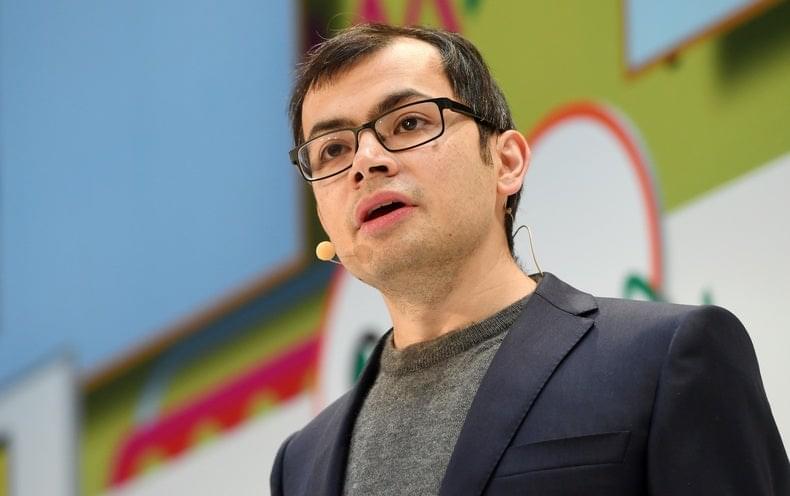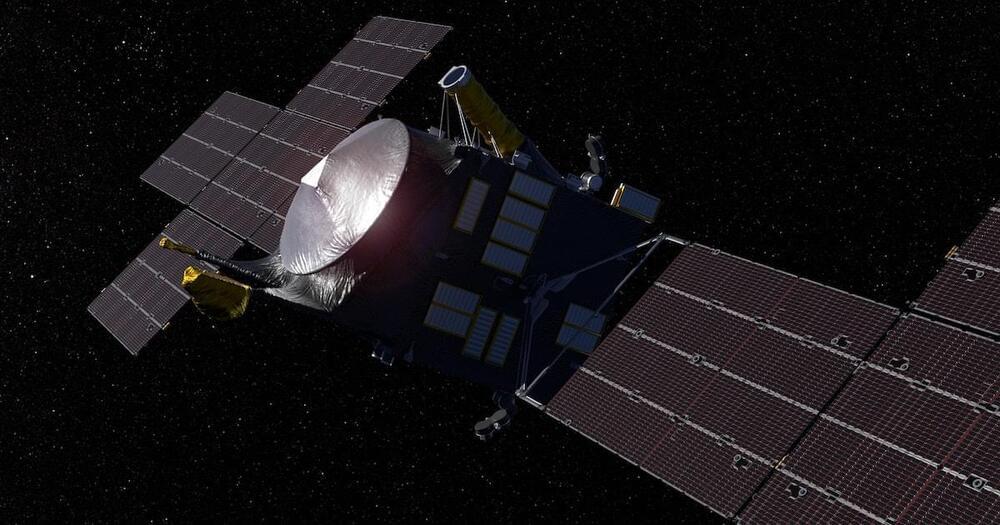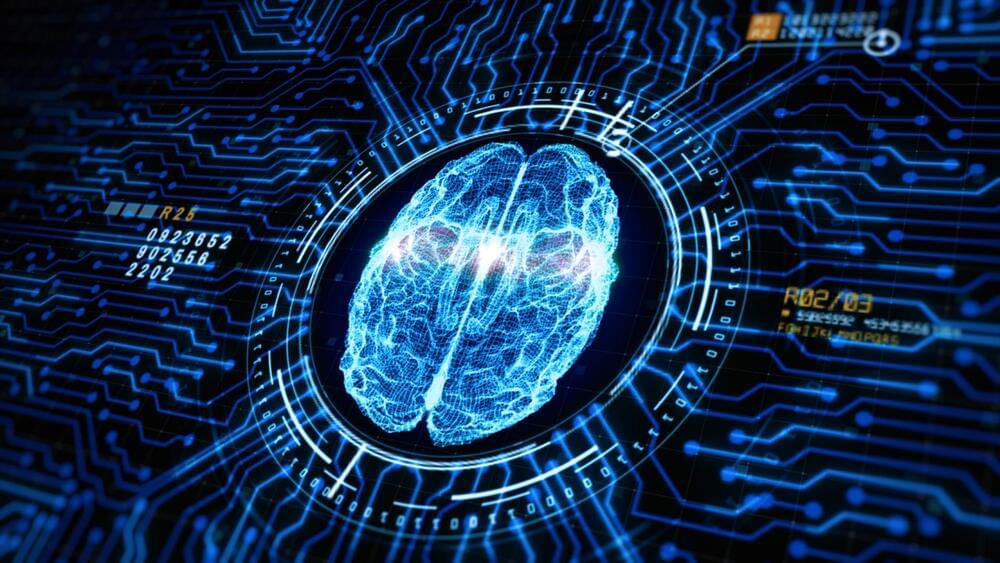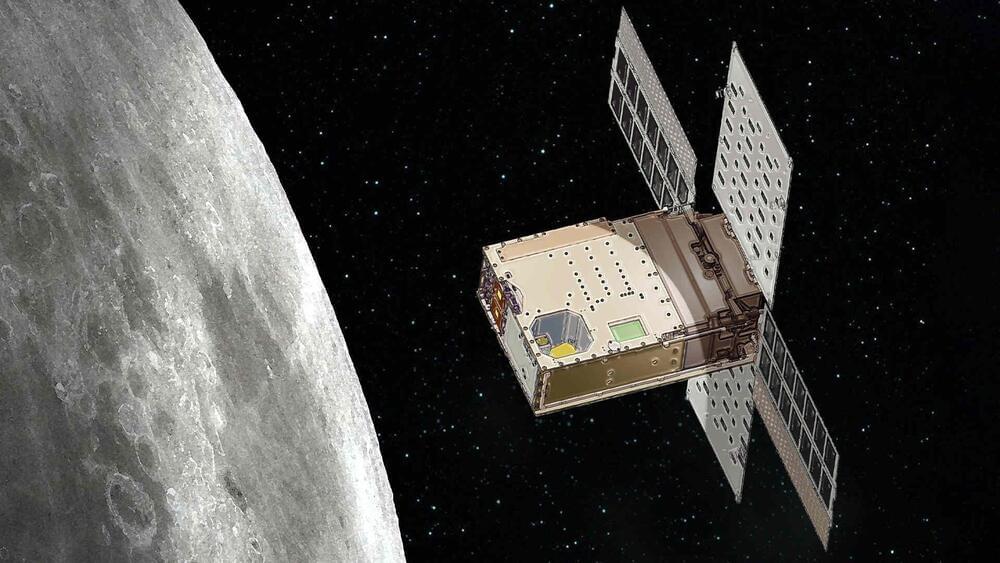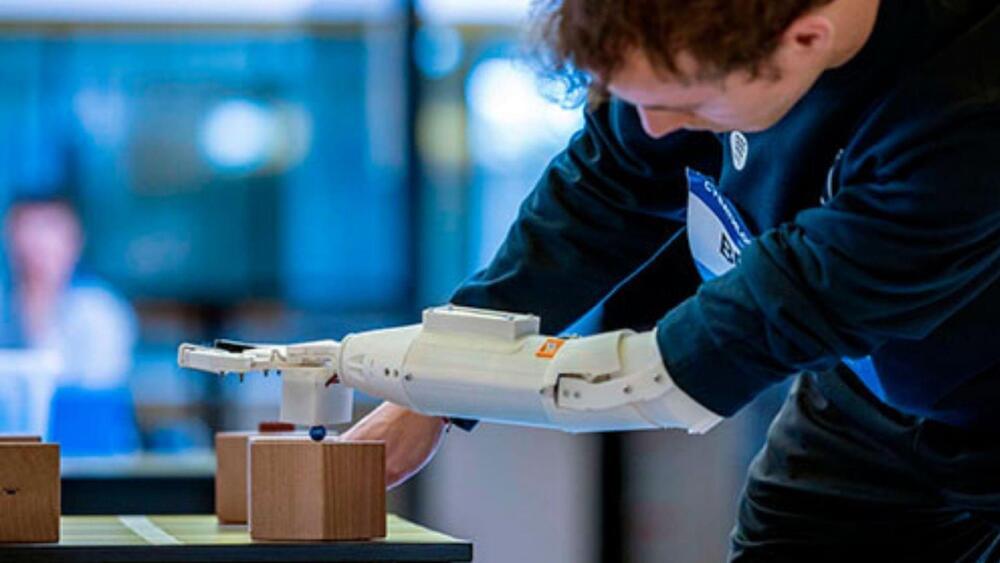Just days after taking over Twitter, Elon Musk has issued an ultimatum to engineers over a new project.
According to a report from The Verge, Musk wants to launch a pay-for-play verification system in which verified users are charged $20 per month.
The kicker is that engineers have until November 7 to launch the scheme or face being fired. Employees were only told of the project on October 30.
